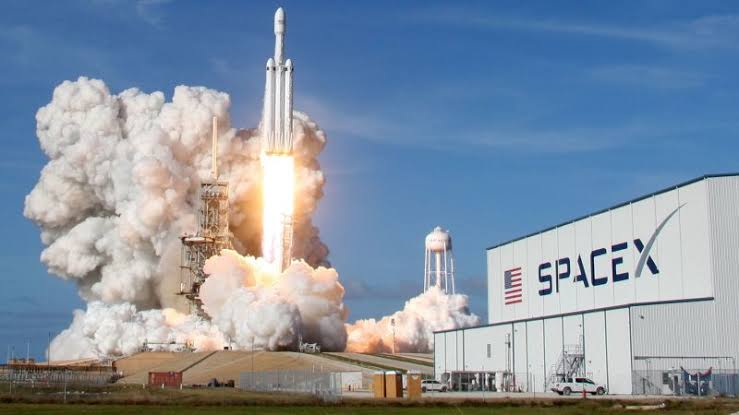SpaceX has conducted the third test flight of its Starship rocket system from the Starbase facility in Boca Chica, Texas.
The flight aimed to achieve multiple milestones, including reaching orbital speeds, testing the payload door mechanism, and conducting a propellant transfer demonstration.
The Starship vehicle, consisting of the upper Starship spacecraft and the Super Heavy rocket booster, took off successfully. However, after reentry, the team lost communication with both Starlink and TDRSS systems, indicating a likely failure. The booster did not light all the expected engines for landing, resulting in its loss.
Elon Musk expressed confidence in the success of this flight compared to previous attempts in 2023, estimating an 80% probability of reaching orbit. He highlighted improvements in the rocket for this third flight. However, SpaceX officials have consistently emphasized that these test flights are iterative and aimed at gathering crucial data for further improvements.
Despite setbacks, SpaceX continues to work towards its long-term goals, including carrying humans to Mars and supporting NASA’s Artemis program. NASA Administrator Bill Nelson congratulated SpaceX on the successful test flight, emphasizing the collaboration between NASA and SpaceX in advancing space exploration.
The Federal Aviation Administration (FAA) will investigate the mishap involving both the Super Heavy booster and the Starship spacecraft to ensure compliance with regulatory requirements.



